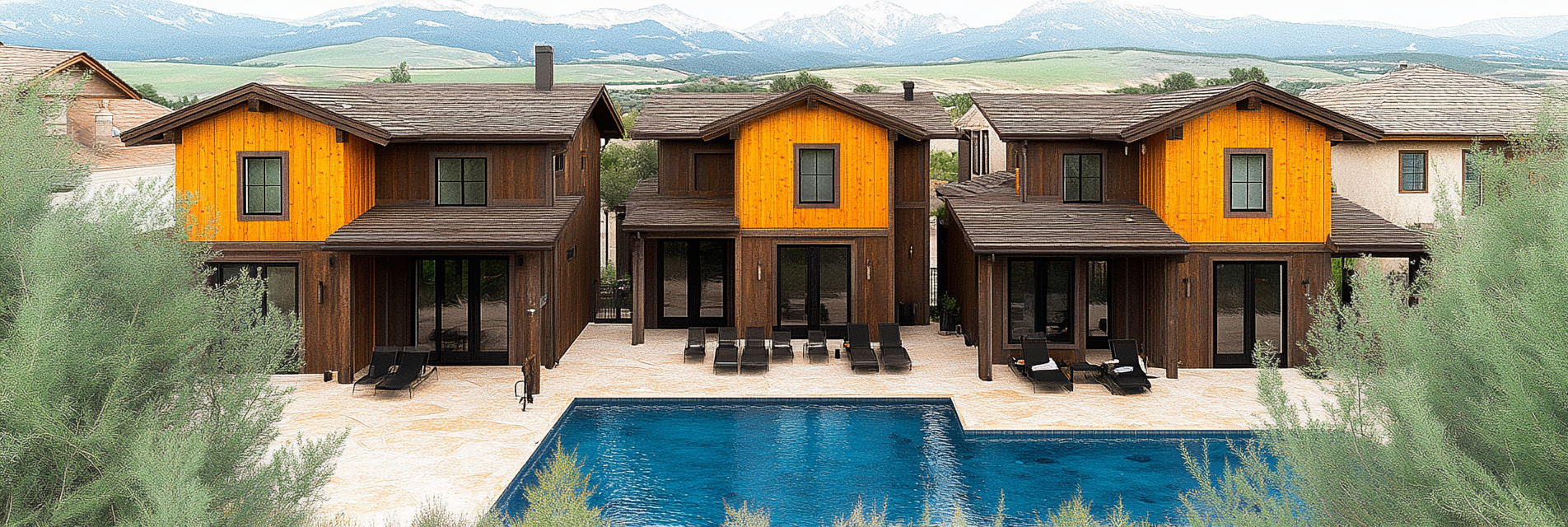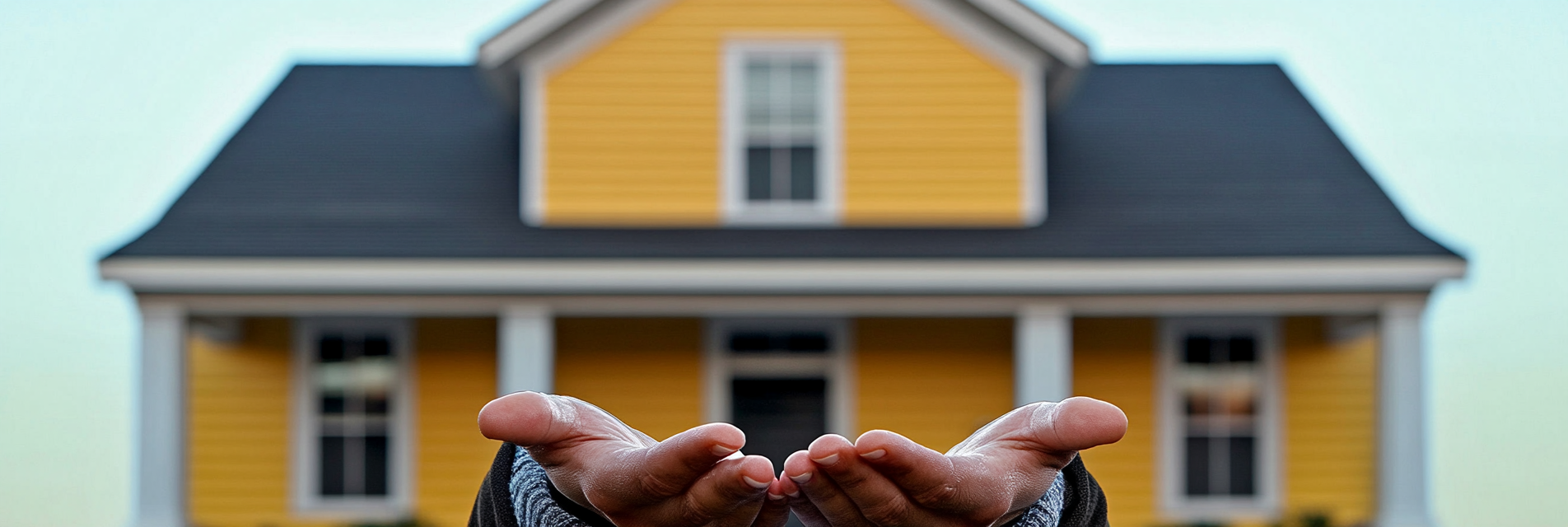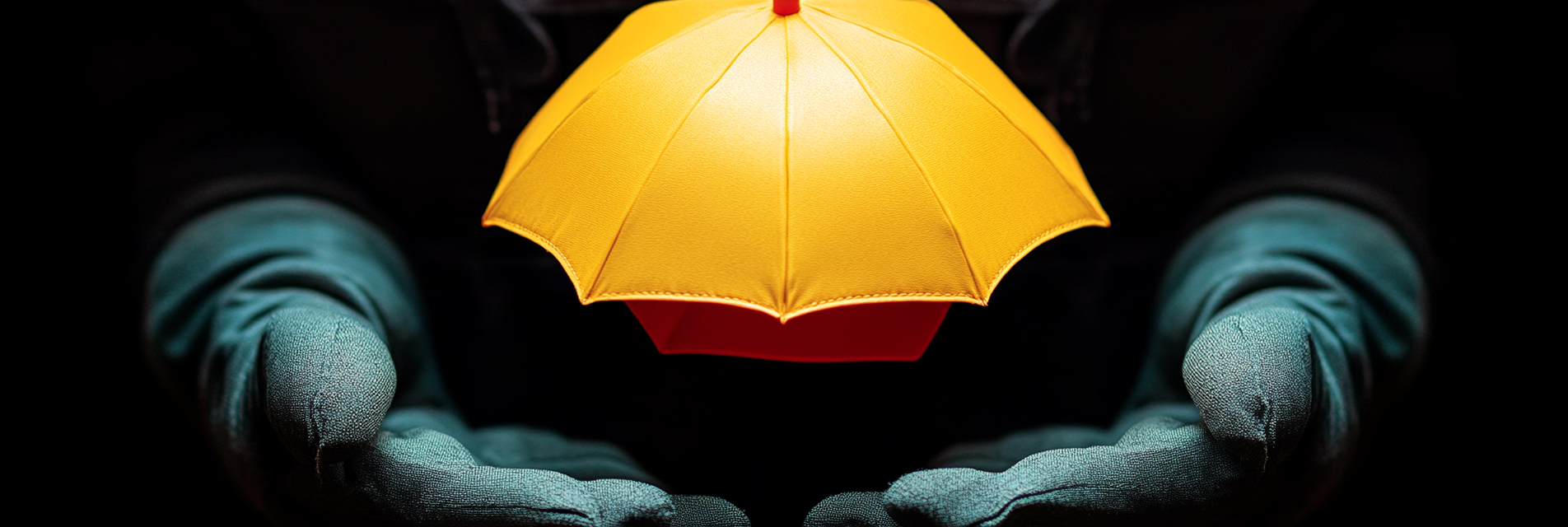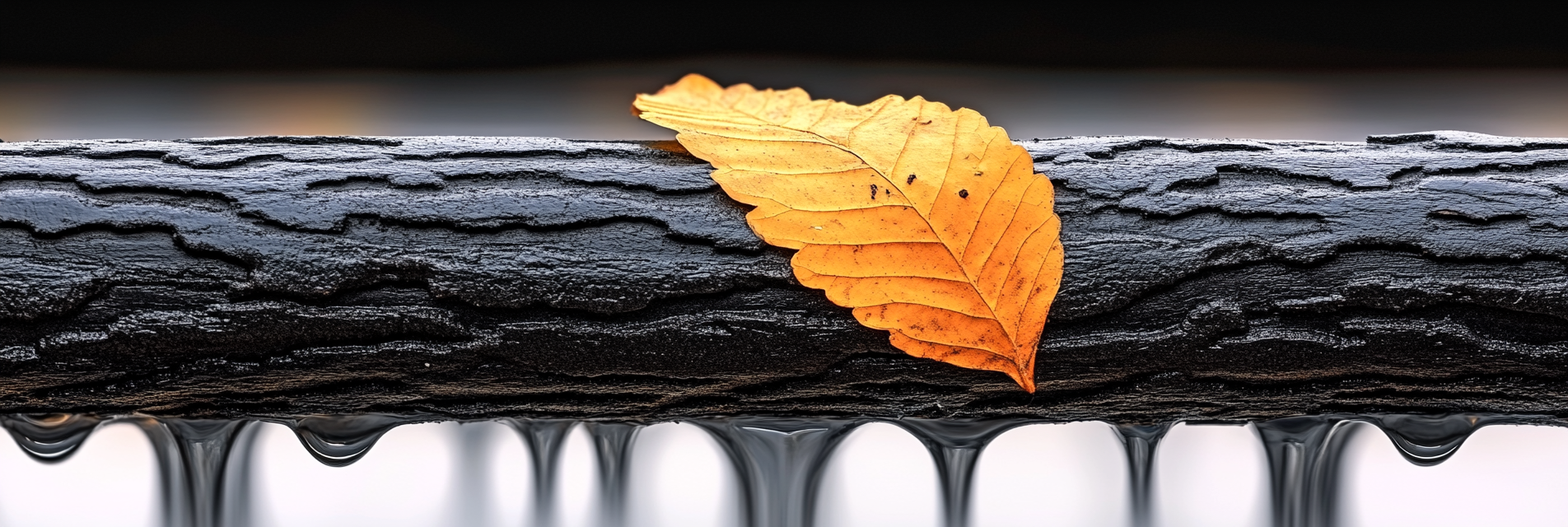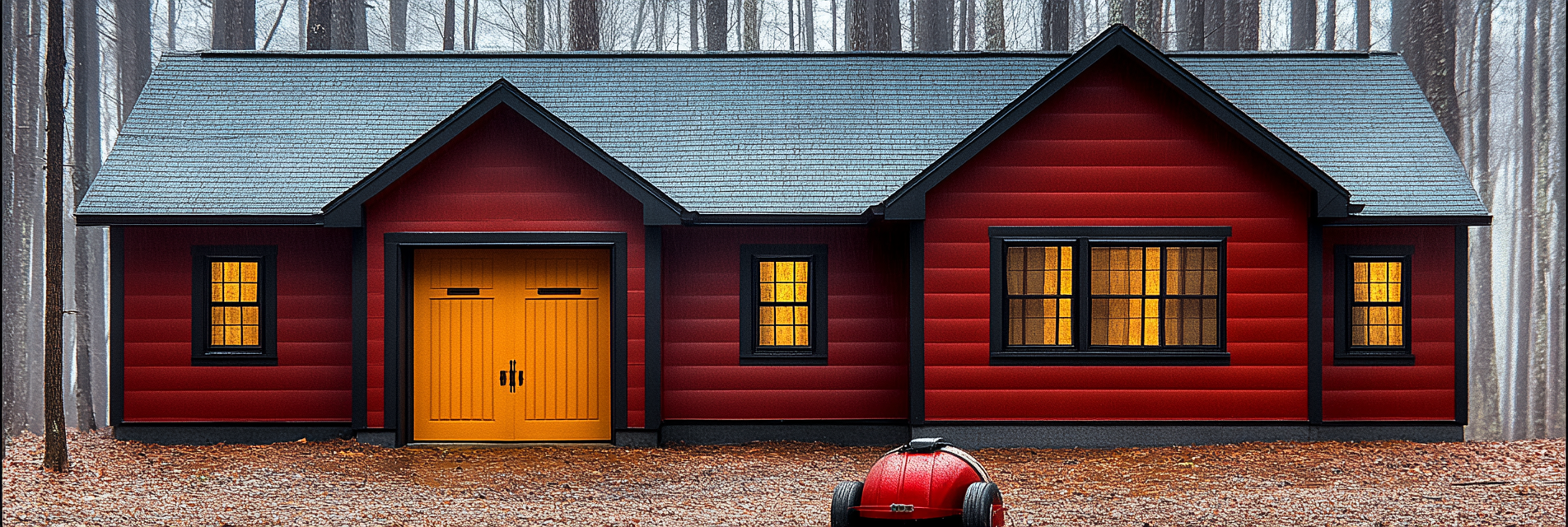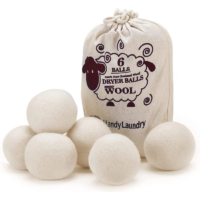Wildfires are increasingly common, especially in dry regions like here in the Tri-Cities. They pose a significant threat to our homes and communities in the Richland, Pasco, and Kennewick areas. This article will help you understand how wildfire insurance works and some of the things you can do to protect your home and your family. This post is also complemented by these article we posted: https://dryerfirefighters.com/creating-a-wildfire-safety-plan-for-your-family/ and https://dryerfirefighters.com/wildfire-emergency-plan-key-steps-for-home-protection/
1. What Is Wildfire Insurance?
Wildfire insurance is usually included in standard home insurance policy language under fire and smoke damage coverage. However, in high-risk areas, homeowners may need additional coverage to ensure complete protection. Definitely check your own policy to be sure.
Standard Policy Coverage:
- Fire and Smoke Damage: Most standard home insurance policies cover damage to the structure of the home and personal property that is a result of fire and also from smoke damage.
- Additional Living Expenses (ALE): Coverage for temporary housing if your home becomes uninhabitable due to wildfire or smoke damage.
Important Note: Coverage limits and exclusions can vary, so reviewing your specific policy is essential to understand how well you’re protected. Here are some great tips we posted here: https://dryerfirefighters.com/reviewing-your-home-insurance-policy-annually-why-its-important-and-how-to-do-it/
2. What Isn’t Covered by Wildfire Insurance?
While standard policies do offer some protection, they may have exclusions or limitations, particularly for homes in wildfire-prone areas. We have family who live north of Spokane in the Colville National Forest, and they are at a much greater risk to forest fires and need additonal policy coverage than what is standard for their area – whether that’s Kennewick, Pasco, Richland, or any of the outlying areas that make up the Mid-Columbia Region.
Potential Exclusions:
- High-Risk Zones: Homeowners in high-risk wildfire zones will definitely face highter premiums, higher deductibles, or exclusions for certain types of fire damage.
- Landscaping and Outdoor Property: Damage to trees, shrubs, or landscaping may not be covered or may have a low reimbursement cap on how much they will pay out.
- Preventive Measures: Damage due to negligence, such as not maintaining a defensible space around your home, could impact your coverage and may not be covered.
Pro Tip: Always check your policy’s fine print or talk to your insurance agent to understand exclusions that apply to your specific situation. We recommend and endorse Adam Hoover with Country Financial (https://advisors.countryfinancial.com/usa/wa/kennewick/adam-hoover). That’s who we do business with and trust to have our home properly insured.
3. How to Strengthen Your Wildfire Coverage
If you live in an area susceptible to wildfires, you may need to add to your your standard policy with additional coverage.
Supplemental Insurance Options:
- Fire Insurance Endorsement: An add-on to your current policy that increases your coverage limit for wildfires.
- California FAIR Plan: For homeowners in California who are unable to obtain fire insurance through standard policies, the FAIR Plan offers basic fire coverage.
- Excess and Surplus (E&S) Insurance: Policies from specialized insurers that provide coverage beyond standard offerings. These are supplemental policies and are issued by other companies – not who your home insurance is through currently.
Product Recommendation: Consider installing fire-resistant roofing materials and ember-resistant vents to increase your home’s resilience to wildfires if you feel fires are something you could suffer from.
4. Cost Factors for Wildfire Insurance
The cost of wildfire insurance can vary significantly based on location of your house, risk level the insurance company pervceives, and details about your home and the materials it is made with.
Factors Influencing Premiums:
- Proximity to Wildfire-Prone Areas: The closer your home is to a high-risk area, the higher the premium is going to be.
- Construction Materials: Homes built with fire-resistant materials may qualify for lower premiums. If you are going to be building your own home, it’s an option worth exploring.
- Preventive Measures: Some insurers offer discounts for taking proactive measures, such as creating defensible space or installing fire-resistant features.
Safety Tip: Regularly maintain a defensible space by clearing flammable vegetation and other items that are flammable within 30 feet of your home to reduce the risk.
5. Filing a Claim After a Wildfire
Understanding the claims process can help expedite recovery after a wildfire damages your home.
Steps to File a Claim:
- Contact Your Insurer Immediately: Notify your insurance company as soon as possible to begin the claims process. It can take a long time if a lot of homes are affected.
- Document the Damage: Take detailed photos and videos of all affected areas and damaged property. Fill up your phone with pictures and videos and make sure it is backed up in the cloud.
- Complete an Inventory: List all damaged personal items, including their value and any receipts or proofs of purchase. Even eletronic copies in your email will work.
- Work with an Adjuster: Be prepared to work with an insurance adjuster who will assess the damage and determine your coverage. Read this article that we posted here first: https://dryerfirefighters.com/the-role-of-an-insurance-adjuster-in-home-insurance-claims/
Tip for a Smooth Process: Keep a digital copy of your home inventory list to make the claims process easier and faster, ideally in iCloud or OneDrive in case you lose your phone or computer in the wildfire.
6. Wildfire Preparation Tips for Homeowners
Being prepared can really help when it comes to protecting your home from wildfire damage.
Preparation Steps:
- Create an Evacuation Plan: Ensure all family members know the evacuation route and procedures. Here are some great articles we put together regarding this: https://dryerfirefighters.com/best-practices-for-family-emergency-drills-and-scenarios/ and https://dryerfirefighters.com/family-safety-designing-and-practicing-emergency-escapes/
- Install Smoke Alarms: Place smoke alarms on every level of your home, especially near bedrooms.
- Keep Fire Extinguishers Handy: Have fire extinguishers in key areas, such as the kitchen and garage. Be sure to also check out this article we posted: https://dryerfirefighters.com/choosing-and-using-fire-extinguishers-safely-at-home/
- Store Important Documents Safely: Keep documents in a fireproof safe or upload copies to a secure cloud storage service. Please see these articles we also posted on the subject: https://dryerfirefighters.com/fire-safety-equipment-every-home-needs/ and https://dryerfirefighters.com/teaching-kids-fire-safety-with-games-and-drills/
Product Recommendation: Use fire-retardant sprays on outdoor furniture and wood features to reduce the risk of fires spreading and threatening your home.
Conclusion
Wildfire insurance is an important part of your home protection plan, especially for those living in wildfire prone areas. By understanding your current policy, considering supplemental coverage, and taking preventive measures, you can enhance your home’s resilience to wildfires and mitigate the risk of suffering a loss that the insurance company won’t pay for. We here at Dryer Fire Fighters encourage Tri-Cities homeowners to take proactive steps by reviewing their home owner’s insurance.
Serving the communities of:
Kennewick | Pasco | Richland | West Richland | Finley | Burbank | Benton City | Prosser | Grandview | Connell
As the sole certified dryer exhaust technician recognized by CSIA.org in the Tri-Cities area, Paul brings a wealth of expertise to fire prevention. His primary focus lies in addressing the root cause of many residential fires: lint buildup in dryer cavities and vents. Through rigorous inspections and thorough cleanings, Paul ensures that families and businesses can enjoy peace of mind, knowing their properties are safeguarded against fire risks.




